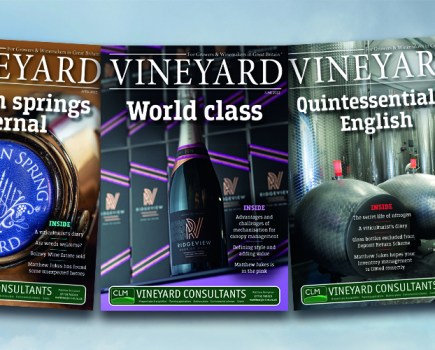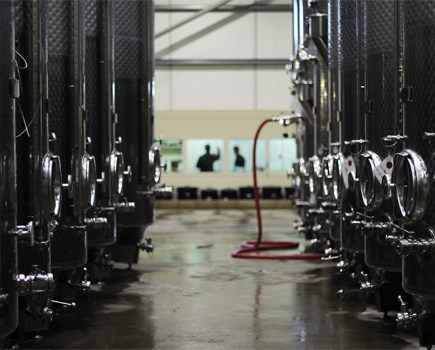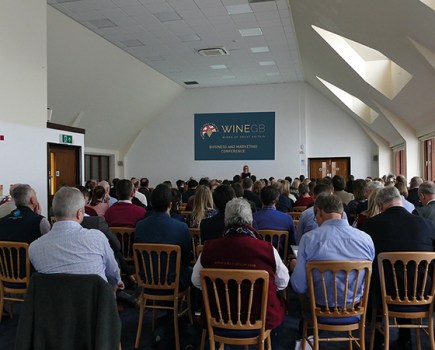In last month’s edition of Vineyard, Matthew Jukes dipped into the issue of light strike and, having seen several bottles which were “shot to pieces” at the recent Wines of Great Britain trade tasting, he strongly urged all producers to move over to dark glass bottles as soon as possible.
A few weeks later, on the summer solstice, Plumpton College launched its first ever light strike awareness day, see page 12, to bring this issue to the forefront of people’s minds.
So, alongside ditching colourless and light coloured glass, what can producers do to mitigate the risks and ensure a customer is not disappointed by a compromised wine, and consequently does not purchase from the estate again, assuming it reflects the producer’s ability?
Some producers have followed in similar footsteps of Louis Roederer (who wraps its clear bottled Cristal in an orange cellophane wrapper) with Hambledon pointing out on Twitter that its sparkling rosé is packaged in a cardboard sleeve to reduce the risk of damage.
Education about light strike is also a key defence to this wine problem. At Plumpton College the topic of light strike has been on the syllabus for many years and all wine graduates have a clear understanding of the risks involved.
However, it is unlikely that everyone working at the vineyard will have been to Plumpton so taking time to train staff needs to become a priority. From cellar hands, who are ultimately responsible for storage and moving stocks of wine around, to those who look after social media and post photographs of wines in clear bottles basking in sunlight.
Many of the wine trade and public are also oblivious to the problem. The Wine and Spirit Education Trust (WSET) confirmed that light strike isn’t covered in any of its current wine materials (although it is expected to be mentioned in the new diploma in wine production and will be considered within the next update of the Level 3 wine materials) so producers with high risk bottles need to ensure that retail and sales teams are clued up and can talk to the trade and consumers about how to prevent light strike taint.
Wine merchants, bars and restaurants should stock wines from wineries who package their wine in dark glass; keep stock which is at risk away from direct light, including window displays; and change damaging lighting, such as fluorescents tubes, to more wine-friendly low energy bulbs.
Consumers should choose wines packaged in dark glass; keep wine at home in cardboard boxes, away from direct light, in cool dark locations; and consider wrapping the bottle in aluminium foil when drinking outside in the sun.
For anyone who is unfamiliar with and wants to test the effects, light strike taint is the easiest wine fault to induce – simply leave one bottle in a box and take one outside for an hour, then taste them side by side.
– Victoria Rose



